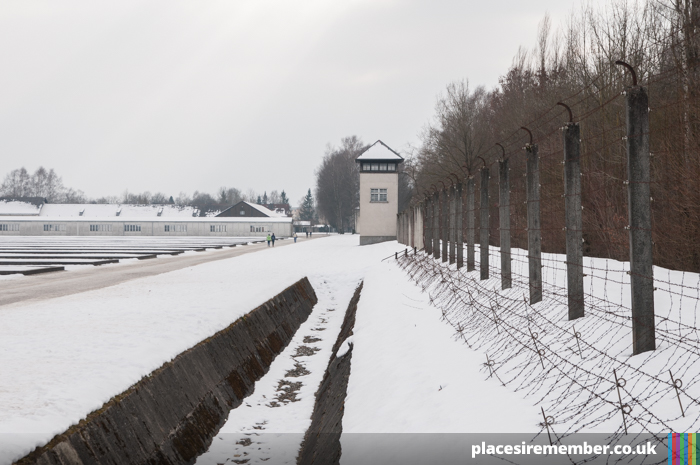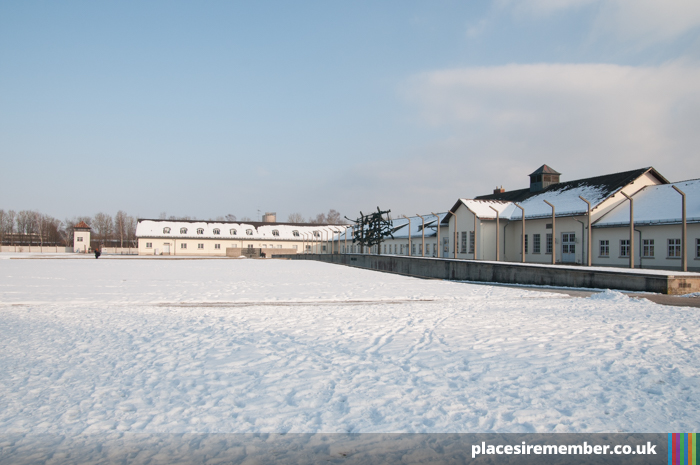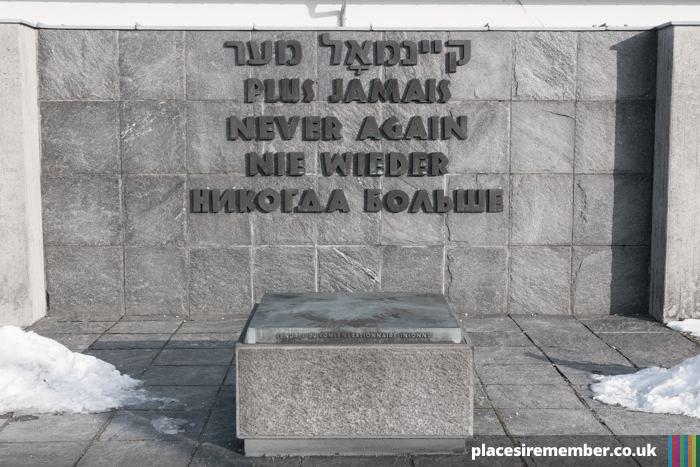In my own opinion, there’s no better way in which to learn about historical events than to go travelling.
Every place in the world has some historical story attached to it, and to learn from books and/or through various media productions for me doesn’t quite give the same degree of reality, nor stimulate quite as much of an interest.
From a personal point of view, interest in history has generally stemmed from actually visiting a town or city, and then wanting to know and learn about its past – particularly when some of the respective events are relatively recent.
In spite of that, I wasn’t overly comfortable with the prospect of visiting KZ Gedenkstätte – a memorial site on the grounds of the former Nazi concentration camp in Dachau – during a city break to Munich.
So appalling was the treatment of prisoners held in Dachau and other camps that were later set up throughout Germany and its occupied territories that, aside from the unease of such a site being listed alongside other Greater Munich tourist attractions, I was concerned that the experience would be too emotionally overwhelming to go through with.

The grounds include some of the original buildings, though a great deal has changed since the camp was liberated by the US army in 1945, after which it was initially used for holding German war criminals – most of whom had served in the infamous SS.
Gone are all of the prisoner barracks, with only the perimeters of the brick foundations remaining – with the exception of two reconstructed barracks that show the living conditions of those held at the camp.
At the far end of the site are a series of memorials, erected by some of the communities of those who suffered.
Other areas have been left intact, however, such as the building which houses the crematorium and the disguised gas chamber, and even getting within sight of it is enough to send chills down the spine. Just as disturbing are the photographs displayed inside the building, illustrating the horrific sights that greeted US army troops on their discovery of the camp.

At the opposite end of the grounds, heading back towards the entrance, is the maintenance building, and home to an exhibition which documents everything from the political atmosphere in the early 1930’s that led to the Nazi party’s rise to power, to the resulting programme of ethnic cleansing, implemented in a large part through the concentration camp system, of which Dachau was the first to be opened.
As interesting as it is uncomfortable, the detail of the exhibition requires plenty of time to read properly. But if the information contained is too much to read in one visit – either due to the sheer volume, or because of the amount of horrific accounts detailed – a book containing the entire exhibition content can be purchased.
On leaving the camp, having spent more than four hours there, I had mixed emotions.
Reading the material and listening to some of the accounts of former prisoners on the audio guide was to learn of some of the most cruel treatment ever inflicted on human beings.
And to visit on a freezing February day, with temperatures of -8°C and the whole site under a blanket of snow, it was possible to gain a small sense of the harsh conditions that prisoners would have to endure throughout the winter months – though without the luxury of warm clothing and thick scarves and hats. Before even considering the brutal treatment that was handed out, simply to imagine the extent of the harsh weather conditions was to understand a tiny degree of the hideousness of life on the camp.
But I was also appreciative of the experience, and it’s clear that the memorial site is likely to help in making sure that history’s darkest moments are never forgotten, ignored or overlooked. Indeed, that was the very reason why the site was established as a memorial site by Dachau’s survivors, and a plaque outside the old maintenance building reads “Never again” in five different languages.

It’s difficult to “recommend” that someone visit a site such as Dachau, but as I headed back to Dachau’s charming town centre, there were no regrets about having made the journey to a place which I will never forget.
Travelling to Dachau from Munich is very straightforward. Take the S2 train from Munich Hbf, and on arriving at Dachau, the number 726 bus stops outside the main entrance to KZ Gedenkstätte. Including the connection, the journey time is around 45 minutes, and is covered by a Greater Munich two zone travel pass. For detailed visitor information, visit: https://www.kz-gedenkstaette-dachau.de/
